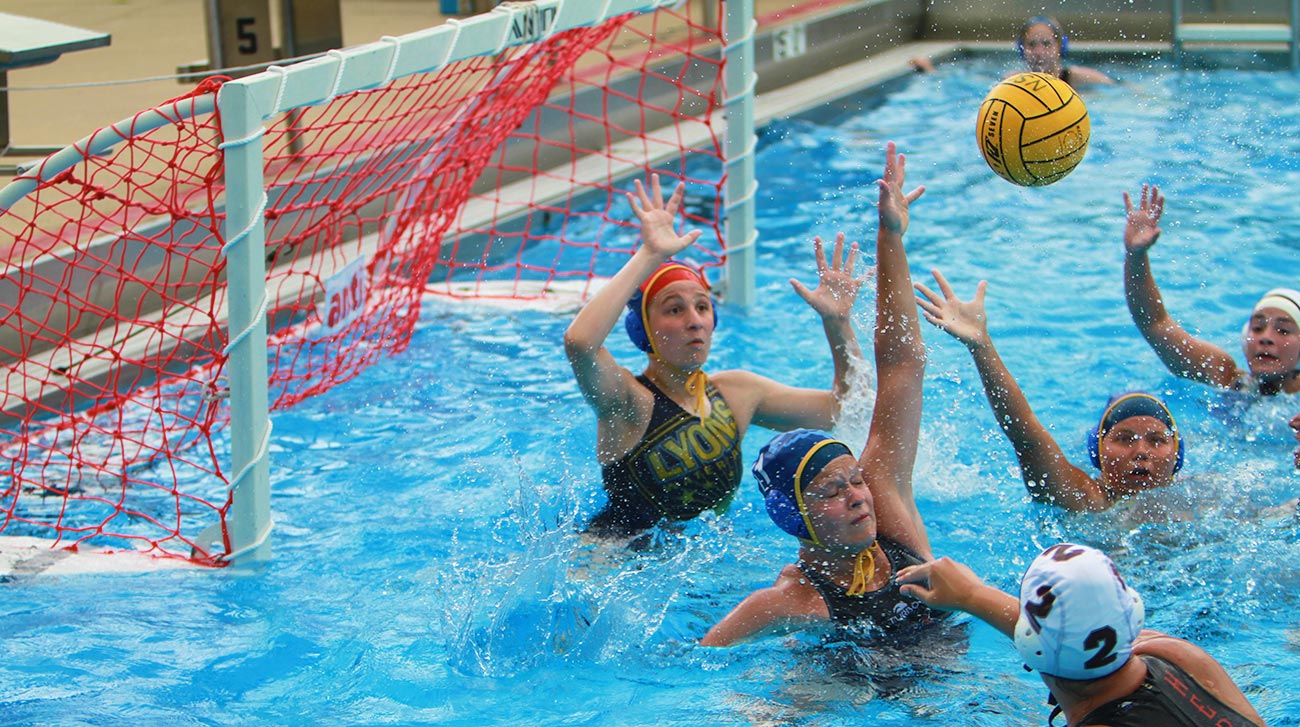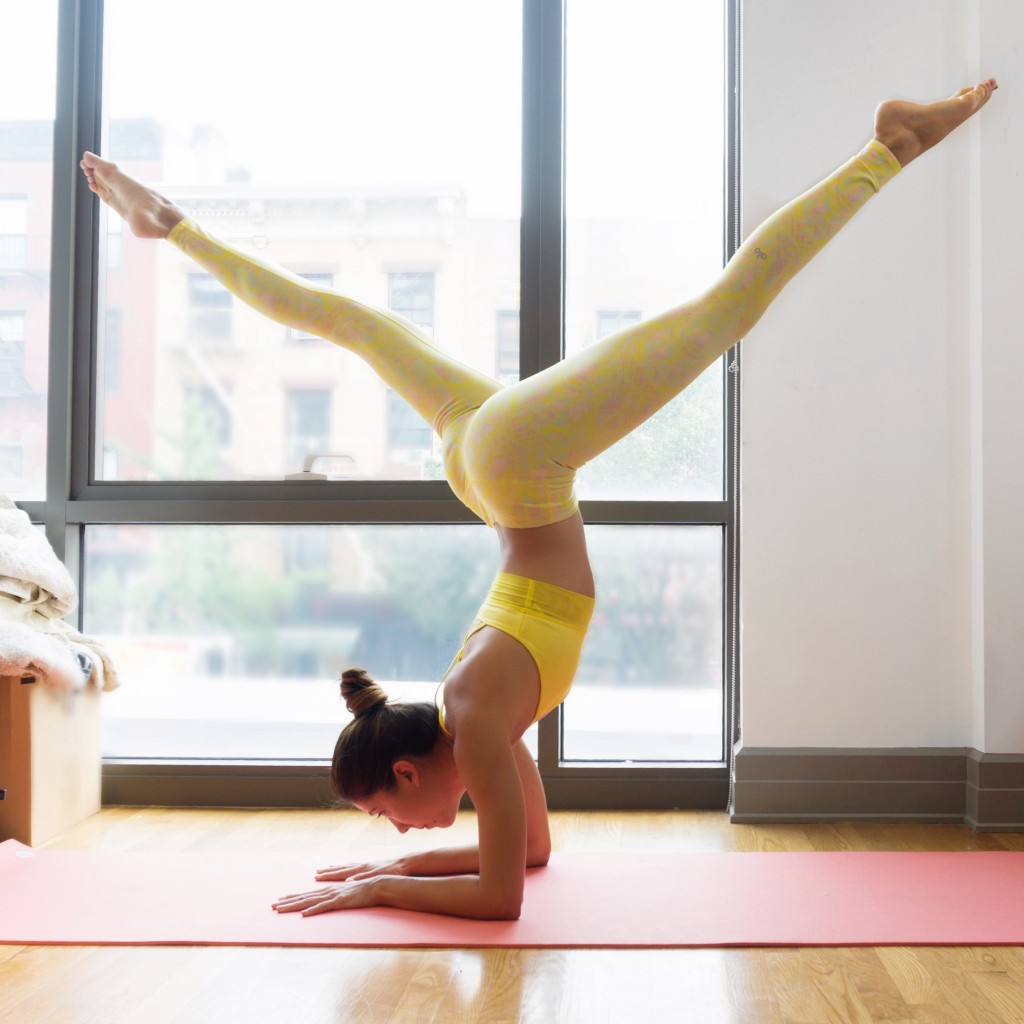jueves, 31 de octubre de 2019
miércoles, 30 de octubre de 2019
martes, 29 de octubre de 2019
waterpolo
https://www.youtube.com/watch?v=PvodyAvZp68
Water polo is a sport that is practiced in a swimming pool, in which two teams face each other. The objective of the game is to score the most goals in the goal of the opposing team during the duration of the match.

Water polo is a sport that is practiced in a swimming pool, in which two teams face each other. The objective of the game is to score the most goals in the goal of the opposing team during the duration of the match.

lunes, 28 de octubre de 2019
Types of passes
Hello I'm Lorena, and I am going to explain the diferent types of passes that we can practice in handball. That passes we can do with right or left hand, that doesn't affect. Types:
Pass the player who goes where you are the pin. The defender's ball must be protected. Communication is very important. It is used when the boat is finished and the defensive pressure is too strong or to pass the man who cuts on the ball.
It is the pass that occurs after a defensive rebound to start a counterattack. The rebounder will make a chest pass. It is essential that the receiver tries to receive as close as possible to the attack field.
The ball goes straight to the receiver, is used over short and medium distances, important for tall men, it is a very safe pass. It is widely used to put balls inside, take them outside, passes between pivots, throw-in.

It is the one that requires more skill, its practice is good to take control of the ball. It is given after the boat, without controlling it with both hands. It is used over short distances, to end counterattacks and for 2x1 situations.

- Delivery Pass:
Pass the player who goes where you are the pin. The defender's ball must be protected. Communication is very important. It is used when the boat is finished and the defensive pressure is too strong or to pass the man who cuts on the ball.
- Counterattack Pass:
It is the pass that occurs after a defensive rebound to start a counterattack. The rebounder will make a chest pass. It is essential that the receiver tries to receive as close as possible to the attack field.
- Pass over the head:
The ball goes straight to the receiver, is used over short and medium distances, important for tall men, it is a very safe pass. It is widely used to put balls inside, take them outside, passes between pivots, throw-in.

- Pass behind the back:
It is the one that requires more skill, its practice is good to take control of the ball. It is given after the boat, without controlling it with both hands. It is used over short distances, to end counterattacks and for 2x1 situations.
HandBall
HandBall
Handball is a ball sport in which two teams face and is characterized by transporting it with their hands. Each team consists of seven players. It´s a sport very similar to basketball, in both sports you have to take a ball towards a place to score. The only thing they differ in is that handball has no goalkeeper.
The objective of the game is to move a ball across the field only by helping you to try to put it inside the opposing goal. The team that scores the most goals at the end of the match, which consists of two parts of thirty minutes, is the one that wins, and can also be tied.
In handball you can´t touch the ball with the legs, if the ball touches your legs it will be sanctioned with the delivery of the ball to the other team to throw the ball from the position where it hit you.
One of the rules of handball is that you can´t stop voting the ball if you´re moving with it, another rule is that if you stop voting to shoot you have to step three times before.
Before starting the match you have to warm up your joints to prevent the injury of any muscles or joints during the match. After it finish you must strech muscles and joints to stop laces next day.
domingo, 27 de octubre de 2019
Ganar flexibilidad | Principiantes
Hello everyone! I am going to tell us why I choose this video to explain how to stretch some muscles of our body.I think this video is a good way to explain us how to do correct stretches if you are starting to stretch your muscles or just to help you stretch them correctly.
If you stretch your muscle regularly you improve your flexibility,you can reduce muscle aches,through this regular practice we can prevent future muscle aches or injuries,we get better warming and cooling in a sports practice and also improve circulation
Canoes
https://www.youtube.com/watch?v=GPmLlsLbaCs
No one can say exactly where canoeing started, but canoes have been around for thousands of years. Several years ago, arqueologists discovered the remains of a dugout canoe among ancient ruins believed to be 8,000 years old. Although canoeing is now considered a sport, canoes were used for transportation throughout history. Clues from the history of Indian canoes can help us understand how got the canoes we use today. In North America, the very first canoes were used by the indigenous people of the Caribbean to travel between the islands.
History of handball
Handball is a team game that was first played in Scandinavia and Germany at the end of the 19th century.
The modern game of handball was first played towards the end of the 19th century in Scandinavia and Germany. Field handball was first recognised at the turn of the century and G. Wallström introduced the sport of "handball" to Sweden in 1910.
sábado, 26 de octubre de 2019
viernes, 25 de octubre de 2019
jueves, 24 de octubre de 2019
¿How to train your flexibility?

WAYS TO TRAIN YOUR
FLEXIBILITY
Have
you ever wondered: ¿How can I be more flexible? ¿What can I do when my muscles
hurt after strech them?
Well,
I bet you did, but there is an easy solution!
It's
well known that the flexibility depends on your age, your gender, the way you
train and the experience you have with sports. But you can still do some
exercise to improve your flexibility, even if it's just a little!
1. Yoga: A yoga style such as Yin or Hatha
yoga may be a good first port-of-call if flexibility is your focus.
2. Keep your warm-up dynamic: Skipping your warm-up is definitely not good for you,
not only because you potentially increase the risk of injury, but you're also
missing out on a golden opportunity to improve flexibility.
3. Vary your stretching: Both static and
dynamic stretching have their place when it comes to your flexibility.
4. Dancing: Zumba is one of the most
popular dance-based classes, will do wonders for your flexibility.
5. Pilates: Moves such as The Saw, Spine
Stretch and Neck Pull will help you to improve flexibility everywhere from
inner thighs, and hips, to upper back and neck.
6. Tai chi: Not only a fantastic way to relax,
the flowing practice of moving from one posture to another, as well as
mobilising warm up, makes tai chi an excellent way of improving
flexibility.
miércoles, 23 de octubre de 2019
HOW TO THROW IN HANDBALL/ marcos
El pase debe ser fuerte y preciso al pecho del compañero. No debe ser un pase englobado ya que hay riesgo de que el contrario lo intercepteDebe acompañar la carrera del compañero. Si un jugador está corriendo hacia adelante el pase debe ir donde va a estar el compañero, acompañando su trayectoria.
martes, 22 de octubre de 2019
domingo, 20 de octubre de 2019
lunes, 14 de octubre de 2019
lunes, 7 de octubre de 2019
Beneficios de la flexibilidad
1.- Mejora el rendimiento
Una mayor flexibilidad en las articulaciones y los músculos puede mejorar tu desempeño general en el trabajo y los deportes. Tener unos músculos fuertes y flexibles puede ayudar a levantar objetos, agacharse y moverse.
La flexibilidad te permite desempeñarte en tus labores diarias sin cansarte tanto como una persona que tiene menos fuerza y flexibilidad.
Tu desempeño en el campo de juego o en la pista de baile mejorará si tienes una mayor flexibilidad en tus extremidades.
2.- Menos lesiones
La flexibilidad mejora tu rango de movimiento y un rango de movimiento completo ayuda a mantener el equilibrio y disminuye el riesgo de caídas. La flexibilidad permite que los músculos y articulaciones se estiren y se curven, disminuyendo las lesiones musculares y esguinces. En general, la mayor flexibilidad disminuye el riego de lesiones.
3.- Alivia el estrés
La flexibilidad aumenta a través de los ejercicios de estiramiento que a su vez relajan los músculos. Los músculos flexibles están menos tensos y se reduce el estrés.
4.- Aumento de la fuerza
La incorporación de técnicas de flexibilidad para mejorar los desequilibrios musculares puede mejorar la relación entre la longitud y la tensión de los músculos, lo que le permite generar fuerza de manera más efectiva y, en esencia, aumentar las capacidades de fuerza.
5.- Reducción del riesgo de dolor en la parte baja de la espalda.
Un beneficio clave, y uno del que espero que mucha más gente sea consciente, es que el estiramiento reduce el riesgo del dolor en la parte baja de la espalda. El estiramiento promueve la relajación muscular.
6.- Aumento sanguíneo y de nutrientes hacia los tejidos
Otro gran beneficio es que el estiramiento aumenta el suministro sanguíneo y los nutrientes hacia las estructuras articulares. El estiramiento aumenta la temperatura del tejido muscular (y tejido conectivo) que a su vez aumenta la circulación y el transporte de nutrientes.
Esto permite una mayor elasticidad alrededor de los tejidos ayudando a la mejora del rendimiento. El estiramiento puede también aumentar el fluido sinovial del articulación, el cual, es un fluido lubricante que promueve el transporte de más nutrientes hacia el cartílago de las articulaciones.
Encadenadamente, esto permite un mayor rango de movimiento y reduce la degeneración de la articulación.
7.- Mejor coordinación muscular
Otro beneficio reconocido es la mejora de coordinación neuromuscular. Los estudios muestran que la velocidad de impulso nervioso (el tiempo que necesita un impulso para viajar desde el cerebro al músculo y volver a sistema central nervioso) se mejora con los estiramientos. Esto ayuda a los grupos musculares opuestos a trabajar de la forma más sinérgica y coordinada.
HIPERLAXITUD
En ocasiones esta hiperlaxitud se acompaña de dolor en el aparato locomotor y entonces definimos este cuadro como “síndrome de hiperlaxitud articular”. Este trastorno fue descrito por vez primera en 1957 (Rotés-Querol), al relacionar la hiperlaxitud con diversos trastornos del aparato locomotor. La frecuencia del síndrome (hiperlaxitud+síntomas) no está bien establecida, pero la mayoría de las personas hiperlaxas (muy elásticas) no tienen síntomas por su mayor elasticidad, ya que sólo un 5-10 % sufren algún tipo de problema. En la literatura médica anglosajona este síndrome es conocido como “síndrome de hipermovilidad benigno”, pues resulta importante diferenciarlo de otras enfermedades congénitas del tejido conectivo, como por ejemplo los síndromes de Ehlers-Danlos o Marfan, que pueden cursar con hipermovilidad articular, pero también con otras manifestaciones potencialmente graves, como trastornos vasculares (aneurismas, roturas de vasos), oculares (luxación del cristalino), piel muy extensible, etc. Desde el punto de vista del aparato locomotor, en estas enfermedades pueden aparecer luxaciones recurrentes (en hombros, rótulas y articulaciones temporomandibulares), deformidades en columna vertebral (cifoescoliosis), disminución de la tensión muscular (hipotonía muscular), y derrames periódicos en las articulaciones en relación con traumatismos que pueden conducir al desarrollo de artrosis.
El conjunto de todas estas enfermedades puede englobarse con el término de “síndromes de hiperlaxitud”
Suscribirse a:
Comentarios (Atom)










